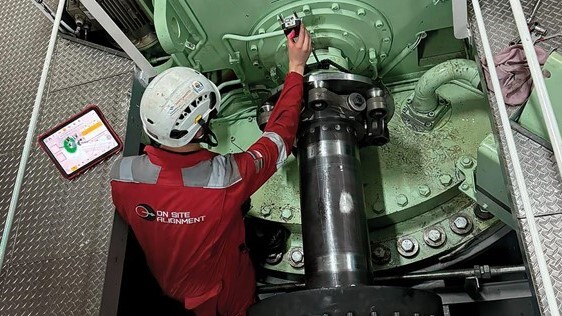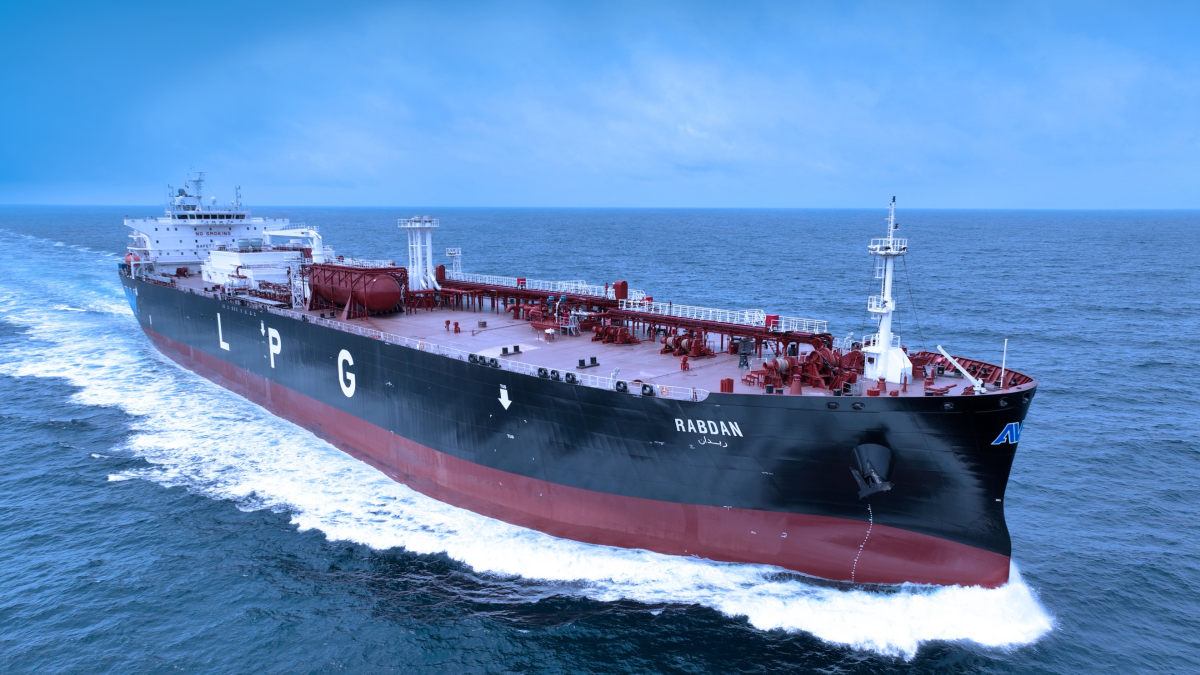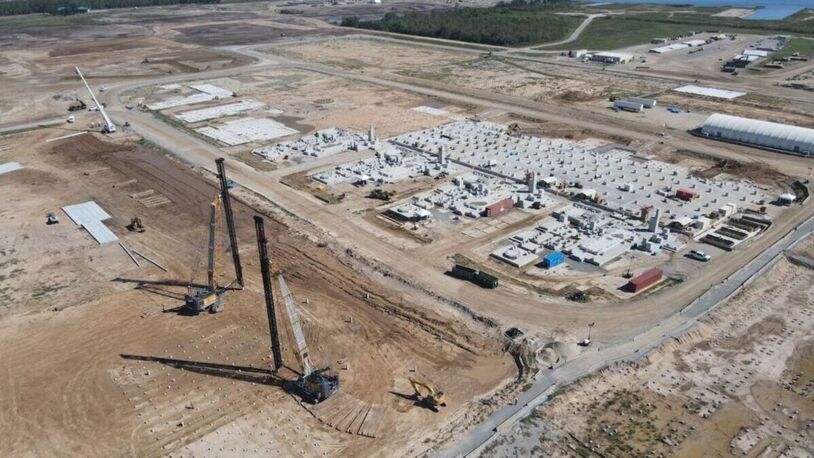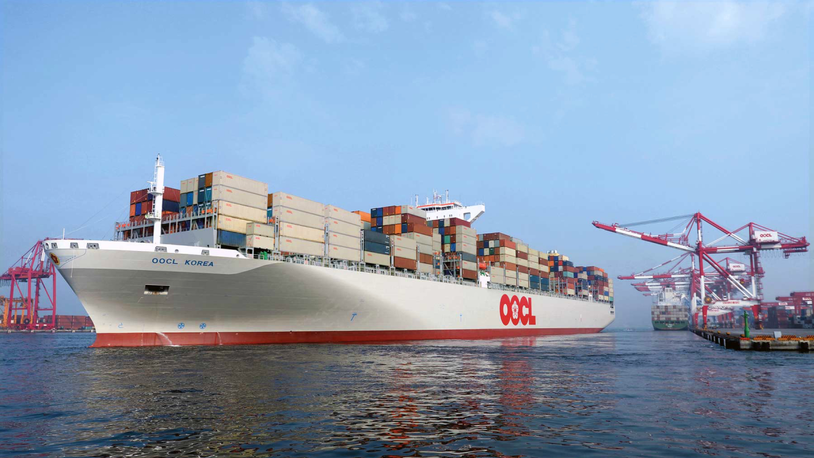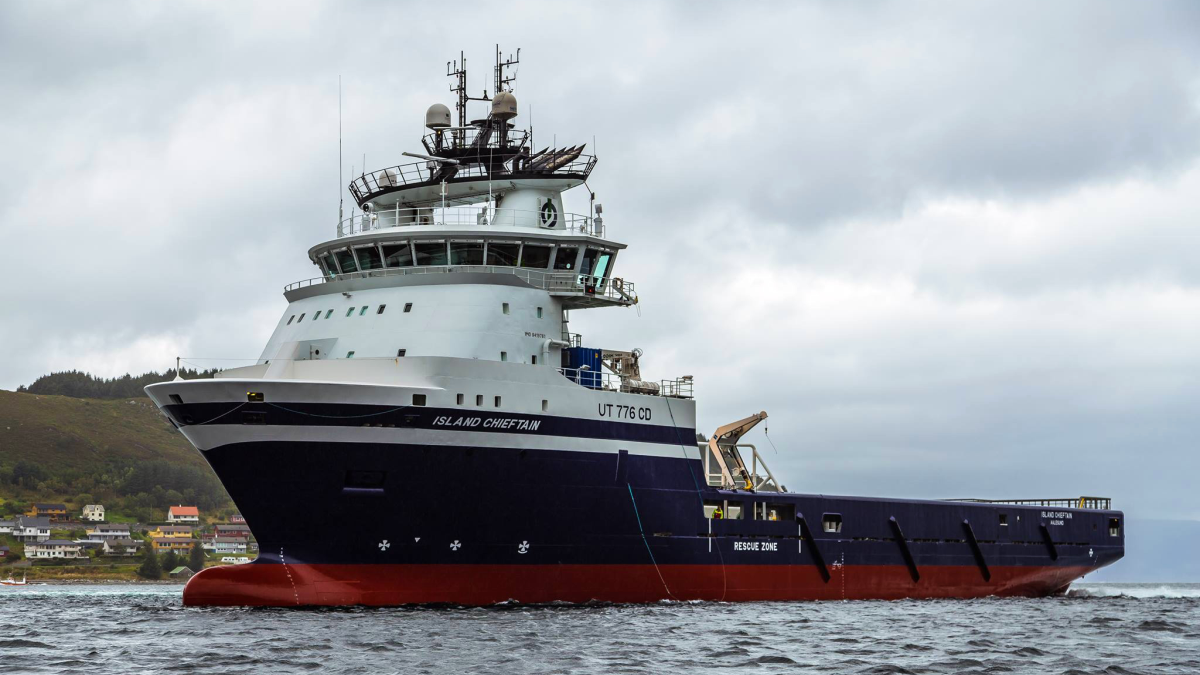Business Sectors
Events
Contents
Register to read more articles.
LPG shipping braces for uncertain outlook
Global LPG shipping faces a volatile 2025 as shifting supply dynamics, fragile petrochemical demand, and geopolitical risks shape the market’s trajectory
The global LPG shipping market has entered 2025 in a state of flux, shaped by uneven supply growth, volatile demand, and a complex geopolitical backdrop. As market participants assess the year ahead, industry observers are weighing up the impact of OPEC’s production adjustments, US Gulf Coast export capacity expansions, and the uncertain trajectory of petrochemical consumption.
Vortexa head of analysis for the Americas, Samantha Hartke, shared insights into these evolving dynamics, highlighting that global LPG supply is set for incremental growth. “The year has begun from an export perspective on a fairly muted note,” she said, pointing to early-year declines in North American volumes due to winter-related disruptions. “Weather outages, freeze-offs, and fall disruptions have held back send-outs from US terminals, but this is rebuilding in March and April.” These constraints, however, are expected to ease as the year progresses.
Middle Eastern exports, often a key driver of global LPG flows, are set to rise slightly following OPEC+’s planned production increases. However, Ms Hartke noted that the impact on LPG exports from this region will be relatively minor, translating to approximately one additional Very Large Gas Carrier (VLGC) per month. “For context, the Middle East as a whole, excluding Iran, exports about 68 VLGCs per month, so this is not a major volume shift,” she said. She added that while the production cut reversals will contribute to increased crude volumes, “this is not going to have a major impact on LPG send-out from the Middle East.”
“The larger expansions of export capacity on the US Gulf Coast arrive in the second half of 2026”
More substantial supply growth is expected from the US Gulf Coast, where terminal expansions at Energy Transfer’s Nederland facility in Texas, US and Targa Resources’ smaller project on the Gulf Coast are set to ease bottlenecks that have constrained exports. “For several months now, LPG exports from the US have been constrained by existing terminal capacity,” Ms Hartke explained. “Now we [the US] could send out more, but we are not, because of these limitations. These expansions will certainly help.”
However, the most significant additions to US LPG export capacity are not due until the latter half of 2026, meaning immediate changes will be moderate rather than transformational. “It’s important to note that the larger expansions of export capacity on the US Gulf Coast arrive in the second half of 2026,” Ms Hartke said, reinforcing that near-term relief will be limited.
Russian LPG exports remain a wildcard, with geopolitical uncertainties casting doubt over their trajectory. While Ms Hartke acknowledged the potential for increased flows beyond current key destinations such as Turkey, she also warned of structural vulnerabilities within Russian export infrastructure that could limit any meaningful expansion. “That all depends on what happens from a geopolitical standpoint,” she noted. “Russia has only been sending out LPG to Turkey and a couple of other takers, but we could be seeing a degradation of the system as a whole.”
On the demand side, 2025 presents both opportunities and challenges. Initial trends at the start of the year were encouraging, with robust heating-related demand in northwest Europe and increased consumption ahead of Ramadan. However, petrochemical demand — historically the main driver of LPG consumption growth — faces persistent headwinds. “Petrochemical margins in Asia are weak and, at present, indicate that naphtha is more profitable to burn than LPG,” Ms Hartke explained. “That’s going to prove some headwinds for demand.”
The outlook for European demand is similarly uncertain. While LPG has been the most profitable feedstock for steam crackers in northwest Europe, due to regional outages and supply disruptions from the US, this dynamic may prove short-lived. “There has been a distinct lack of petrochemical imports from the US because of the weather,” Ms Hartke said. “This means local steam crackers have had to make do with whatever is available, but that is not sustainable in the long run.”
She added that economic conditions in Europe further complicate the outlook. “When you put this in the context of a European economy that is not doing well, consumer goods demand may not support continued strength in LPG usage,” she said. “This seems like a short-term dynamic that could be running its course all too soon.”
Elsewhere, China and India provide the brightest spots for LPG consumption. New propane dehydrogenation (PDH) units in China will drive additional propane imports, while India’s growing residential LPG consumption is set to underpin steady demand for Middle Eastern supply. Across Southeast Asia, developing economies continue to transition away from biomass fuels, further supporting LPG’s role in domestic energy markets. “The bright spots remain China and India,” Ms Hartke observed. “New PDH units in China are going to require a lot of propane imports, while India’s increasing residential LPG use will definitely benefit Middle Eastern exports.”
Meanwhile, trade policy uncertainties remain an overhang. Ms Hartke pointed to US tariff negotiations with Canada, Mexico, and the EU as a potential disruptor to LPG flows. While these discussions have yet to materially impact the market, looming decisions on reciprocal tariffs could alter regional trade balances, particularly if restrictions are imposed on the roughly 200–270 kbd of LPG that Canada exports to the US. “The back-and-forth of tariffs is creating uncertainty in the market,” she said. “At the moment, nothing has really impacted LPG, but that could change.”
Against this backdrop, VLGC freight rates are expected to trend lower year-on-year, at least in the early part of 2025. Ms Hartke attributed this to reduced vessel maintenance requirements and the absence of major restrictions at the Panama Canal stemming from drought-related constraints. “Our outlook on VLGC freight rates is that they could be lower year-on-year,” she said. “We do not see any major issues from Panama Canal restrictions, from a drought-related standpoint.”
However, she cautioned that later in the year, as US Gulf Coast expansions increase LPG flows, greater reliance on the Panama Canal could strain available VLGC transit slots. “In the latter half of this year, increased use of the Panama Canal could strain the limited number of VLGC transit slots,” she said. “That could make the Cape of Good Hope look a little more viable, and that again supports tonne-mile demand.”
With a landscape shaped by shifting supply patterns, fragile demand fundamentals, and geopolitical uncertainties, the LPG shipping sector faces a complex year ahead. As 2025 unfolds, market participants will be closely watching the interplay between these factors, positioning themselves for what is likely to be a volatile trading environment.
Related to this Story
Events
Maritime Environmental Protection Webinar Week
Cyber & Vessel Security Webinar Week
The illusion of safety: what we're getting wrong about crews, tech, and fatigue
Responsible Ship Recycling Forum 2025
© 2024 Riviera Maritime Media Ltd.

